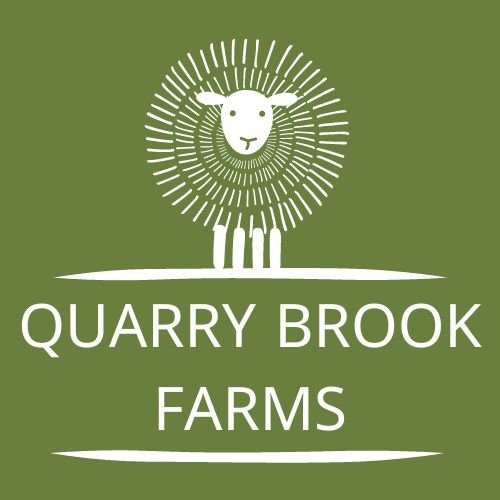Lately I've been listening more carefully to all the calls for environmental action in the news. I'm so very glad humans seem to be paying better attention to this special sphere we call home. I kinda like this place...
But I also find much of the information to be conflicting and lacking in nuance, especially when it touches on food. Most agricultural-related environmental advice seems to boil down to: Eat plant based because meat is cruel and cow farts are going to end the world.
Every time a new study or report comes out telling me I am contributing to our planet's demise by being farmer and an eater of meat, I feel...guilty, just for a second. What if they're right? Then I look around our farm and compare those reports with what I can see with my own eyes: incredible biodiversity, healthy, contented animals, soils that improve each year, food that grows right outside the door- everything living in a loop as old as time.
They're not completely right but explaining why is not a simple task. That might be the biggest catch of all for us regenerative farmers - what we do and why we do it doesn't fit neatly in a soundbite. Still, I'm up for most challenges so I might as well try to add some nuance to the environmental eating conversation. Maybe they have you feeling guilty too, and you shouldn't. Not if you're eating from farms that close the loop.
I thought I might start by sharing some basic information on how the carbon cycle is affected by grazing livestock. The bit below is from a London-based company called The Ethical Butcher and explains it well. They gave me permission to share with it you and I encourage you to follow them on social media if you're into that.
As always thanks for being here and reading along, sometimes we just need more than a soundbite.
Kelly and Adam and Silas
From The Ethical Butcher, London England:
“About 40 percent of ice-free land on earth is considered grazing land, which sequesters about 30 percent of our planet’s carbon pool.
This is why we must stop factory farming. Now, because factory farming does not do this. Only animals raised in harmony with nature can accomplish this.
So how is carbon sequestered by animals and plants?
Every plant plays the vital function of removing carbon dioxide from the atmosphere, via photosynthesis. Using sunlight’s energy, the plant fuses that carbon with hydrogen and oxygen to make carbohydrates, which it moves into the soil through its roots. (It also maintains some carbon in its own leaves and shoots and stems.) The roots feed the carbohydrates to dirt-bound fungi; in return, the fungi feed minerals back to the plant. As Mother Earth News describes it, “This invisible partnership…is the foundation of the terrestrial carbon cycle, as plants incorporate carbon from atmospheric carbon dioxide into carbohydrate biomass.”
The longer a plant’s roots, the deeper it can sequester carbon in the soil and the more efficiently it can hold it there. A healthy grassland, with a diversity of region-specific native grasses can create deep carbon sinks. Managing grasslands well also contributes to carbon storage other ways: by building up soil health to make land more resilient to extreme events, according to Marcia DeLonge, senior scientist in the Food & Environment Program at the Union of Concerned Scientists. This, she says, “can protect existing soil carbon to some degree, but perhaps more importantly may allow continued carbon sequestration. In other words, even when events like extreme heat, drought, fire, and floods don’t significantly affect soil carbon immediately, they could affect the plants above ground that contribute to soil carbon in the longer term.”
Often working against these heroic efforts on the part of plants and trees, though, is agriculture. To produce some of the food we need in order to live, we disturb or destroy our carbon-storing ecosystems. We run animals through them in unsustainable ways, or we chop them down and plow them up to raise monocultures of crops like corn and soy—some of them to feed livestock, others to produce the fake meat that’s meant to replace real meat—that require still more plowing, as well as the application of chemicals that kill beneficial soil bacteria, fungi, insects. The land becomes degraded, and carbon-poor.
Improbable and illogical as it may seem, livestock can help.
There’s been a growing movement of farmers and ranchers who have moved towards a “new” model of raising cattle. I say new in quotes because actually, the concept is based on the way herding animals have lived in nature forever. This method is called many different things: mob grazing, rotational grazing, adaptive multi-paddock (AMP) grazing, holistic planned management and intensive grazing. The basic idea is that you need to intensively graze the herd of ruminants (grass eaters like cattle, bison, sheep, etc) on a piece of land and then quickly move them, providing the optimal nutrition for the animals and allowing the land to rest and recover. There’s more to it than this, and there are different philosophies on how often to move the animals, but that’s the basic idea: “biomimicry” or trying to replicate natural cycles as much as possible.
These are the farmers we source from, we will also teach more farmers to produce like this, because we like this planet.”
“Realize agendas drive data, not the other way around."
-Joel Salatin


